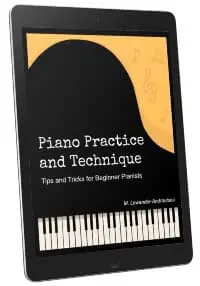- Home
- Basic Piano Theory
- Music Theory Q&A
- Groupings drive me crazy
Groupings drive me crazy
by Yan
(Kuala Lumpur)

What are the rules of 4/4 time groupings?
Please help me understand what the rules of 4/4 time note value groupings are? These groupings are driving me crazy!
Comments for Groupings drive me crazyAverage Rating | ||
| ||
